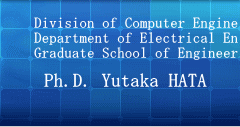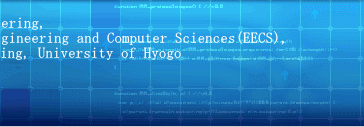SOFT COMPUTING: Theory and Applications
Soft computing is a consortium of methodologies that exploit
a tolerance for imprecision, uncertainty and partial truth. Results are achieved
with tractability, robustness and a rapport with reality. These results are
often better than that what is achieved through the exclusive use of
conventional (hard) computing. The principal members of soft computing are for
the most part synergistic and complementary. The main ideas of soft computing
were brought forth by the confluence of fuzzy logic, neural networks, and
probabilistic reasoning. Other ingredients include evolutionary algorithms,
rough sets, chaos theory, belief networks and, although only partially, learning
theory. In soft computing, each constituent contributes a distinct methodology
for addressing problems in its domain. This is done in a complementary, rather
than competitive way. Especially, I am now interested in realization of human
reasoning, multiple-valued logic design and medical imaging applications.
click here for a definition of soft
computing in greater detail
MEDICAL IMAGING Medical imaging has evolved at an explosive rate in the past few
years. High-resolution, three-dimensional anatomical information can now be
obtained in a routine manner with magnetic resonance imaging(MRI) and
computer-aided tomography(CT). Three-dimensional functional imaging of blood
flow and metabolic information can be obtained from positron emission
tomography(PET) images, and functional four-dimensional electrophysiology (EEG)
and evoked potential information can be obtained using high-speed computers. In
the context of medical imaging, soft computing technique appears as a power
framework since it provides tools adapted to this task. Its main properties
are:
1. It provides a way to represent and
manipulate imprecise and uncertain information.
2. It will be able to
demonstrate knowledge of Medical doctors.
3. It is well adapted to image
processing since the natural spatial interpretation of soft computing leads to
efficient representations of imprecise or implicit structures or classes in
pictures.
Especially, a mixture of pattern recognition
and SC-aided expert system techniques lead to successful tasks to segmentation
of regions of interests and to give enhanced anatomical and functional
resolution. This explosion of new techniques also emphasizes the need to
integrate and focus the efforts of scientists and clinicians to facilitate
communication, establish standards, and develop training programs..
click here for BISC
special interest group in Medical Imaging(BISC-MED)
|


